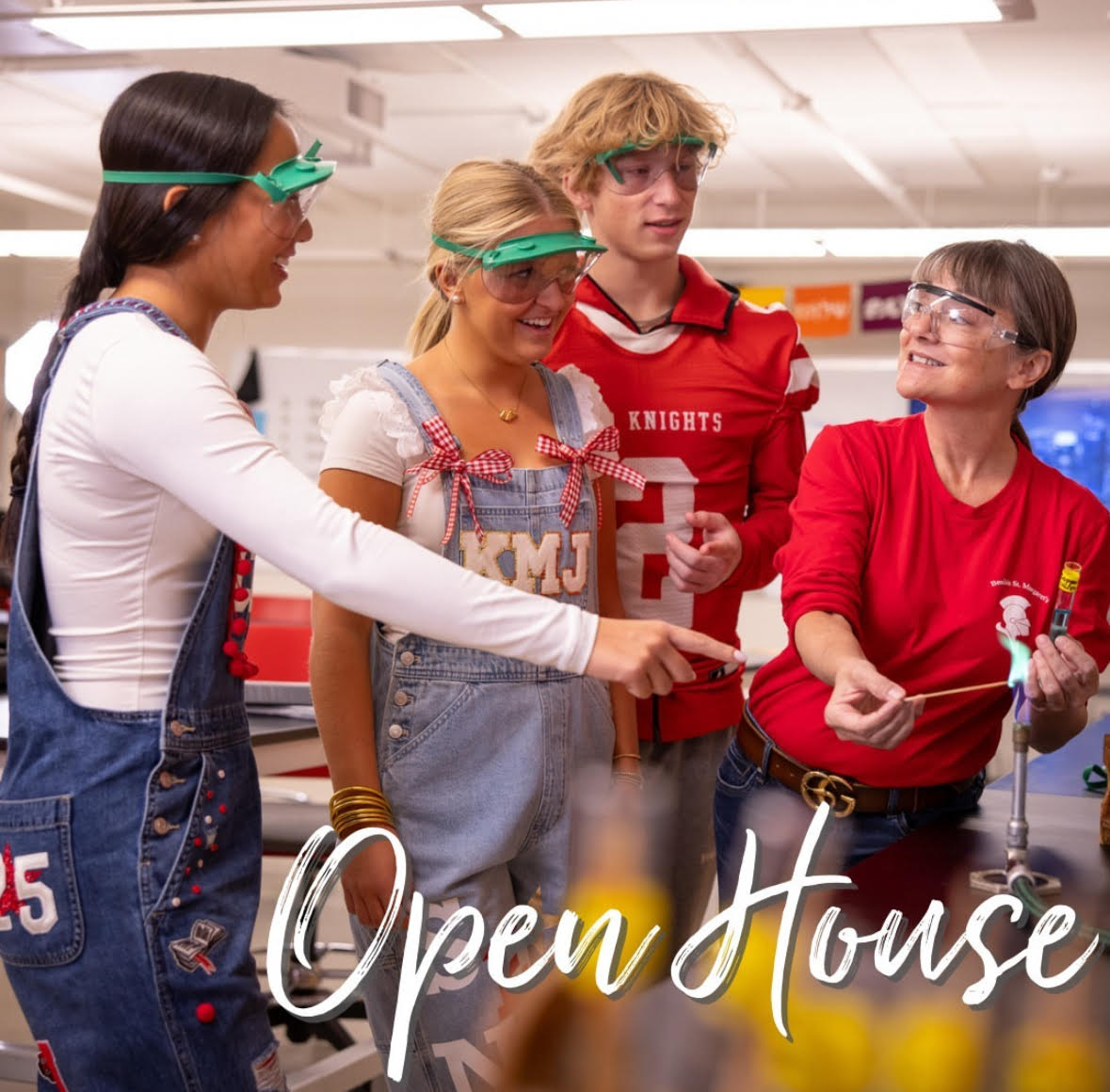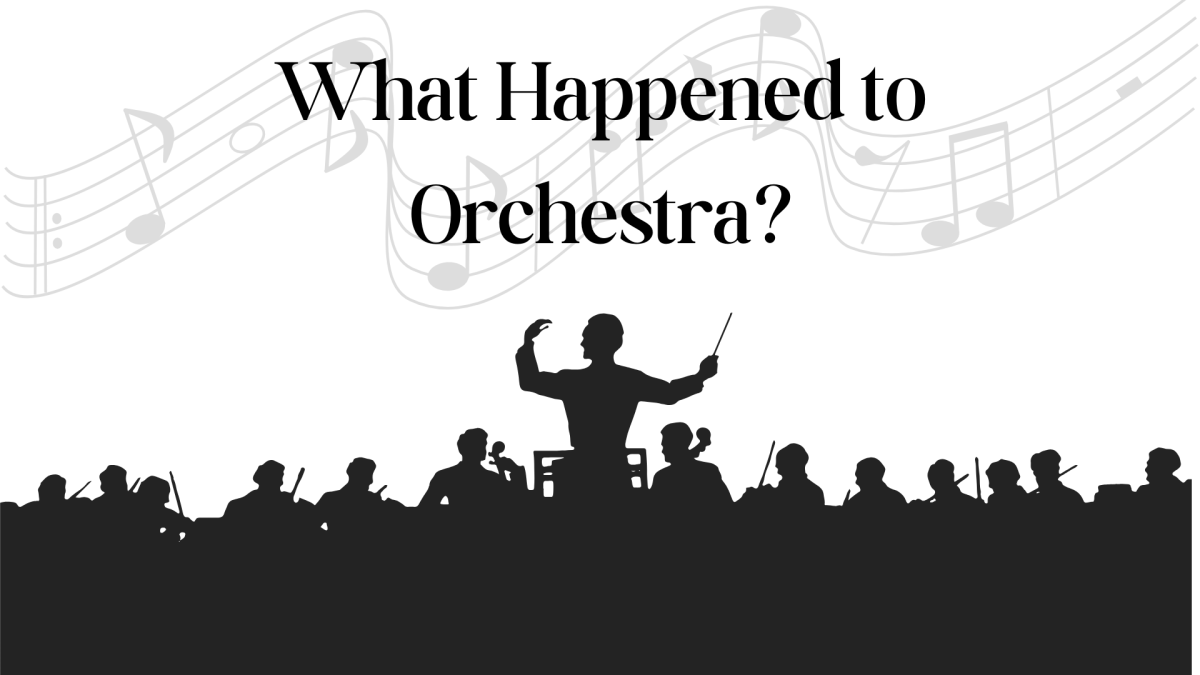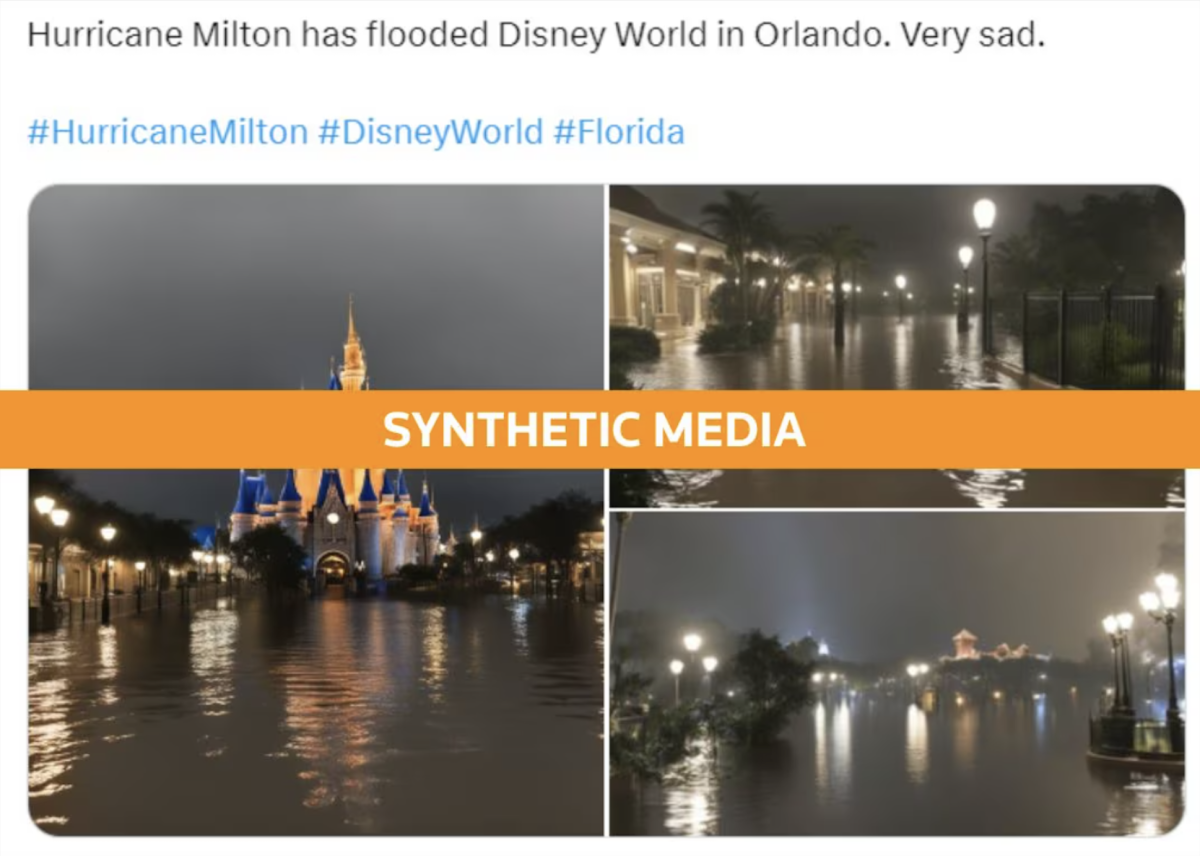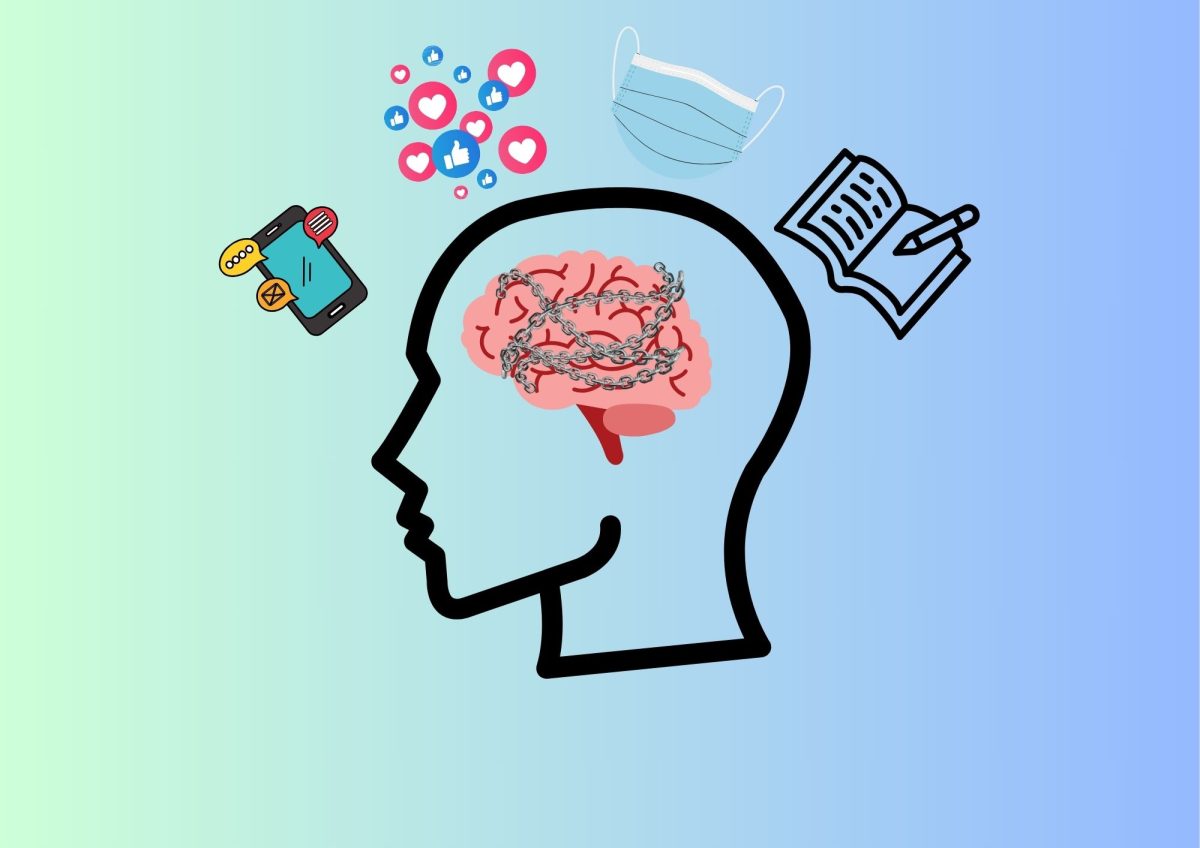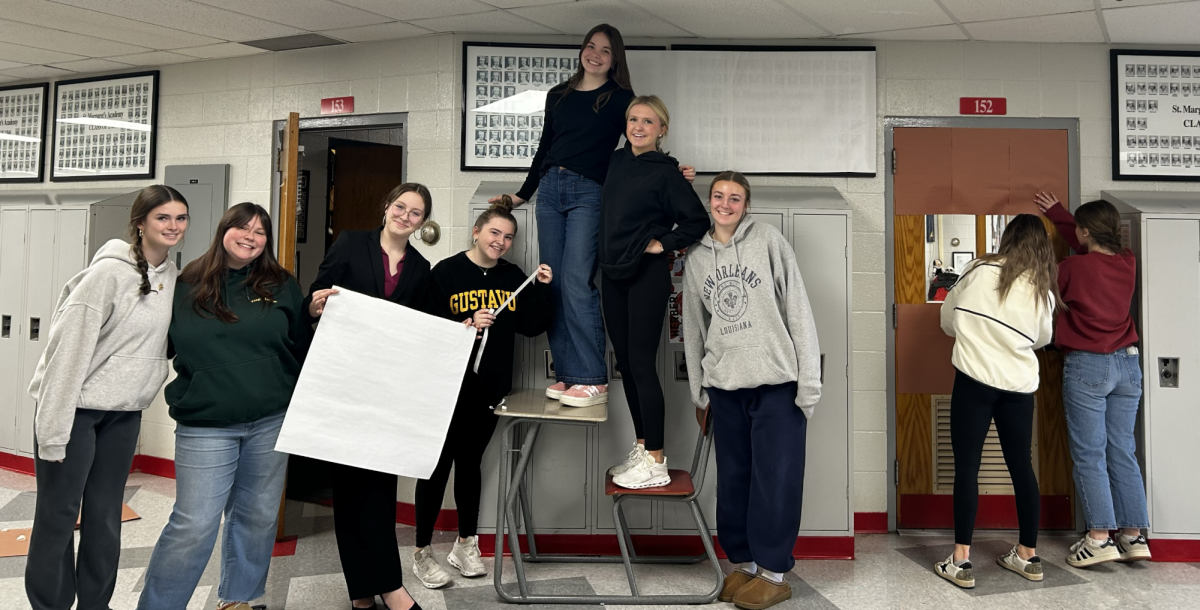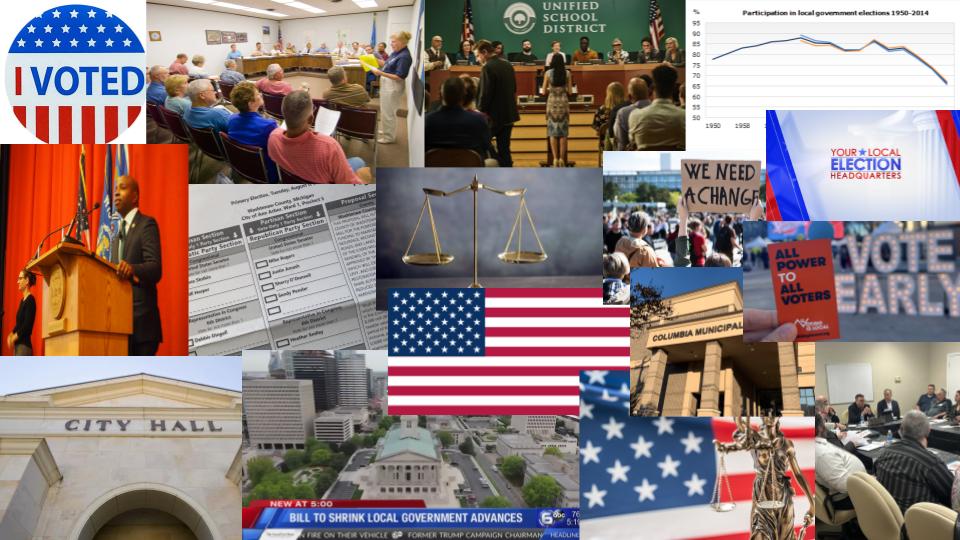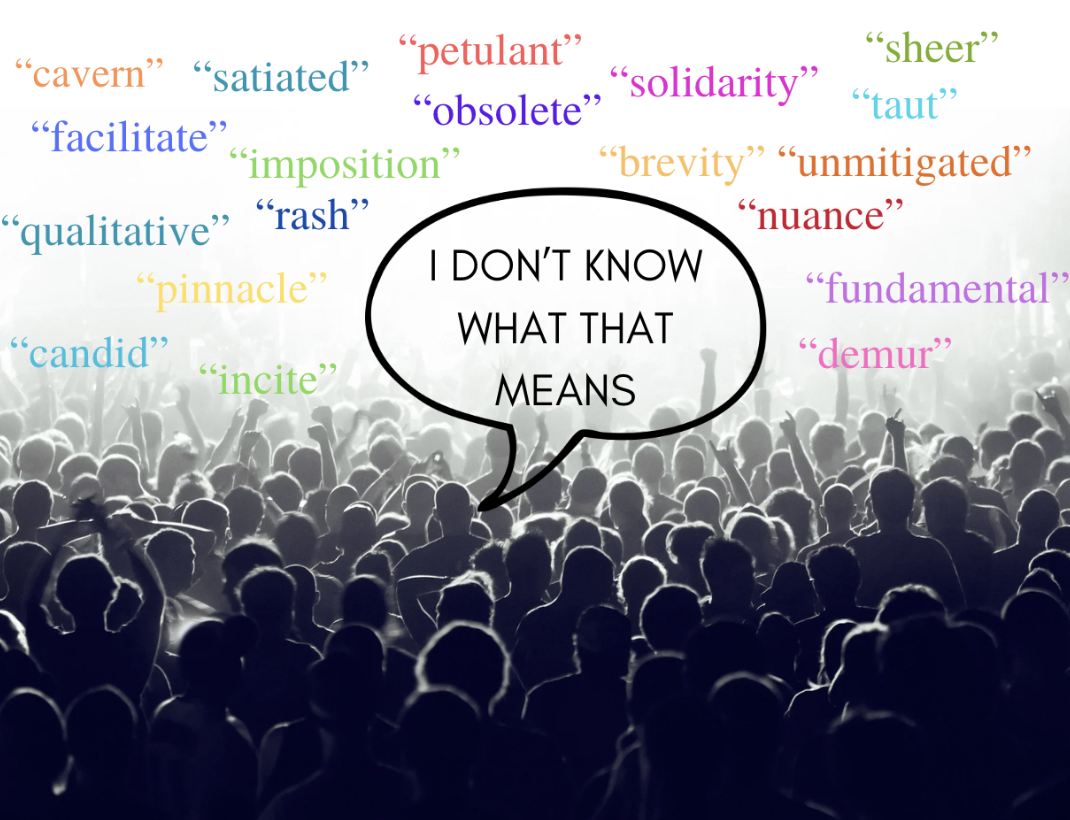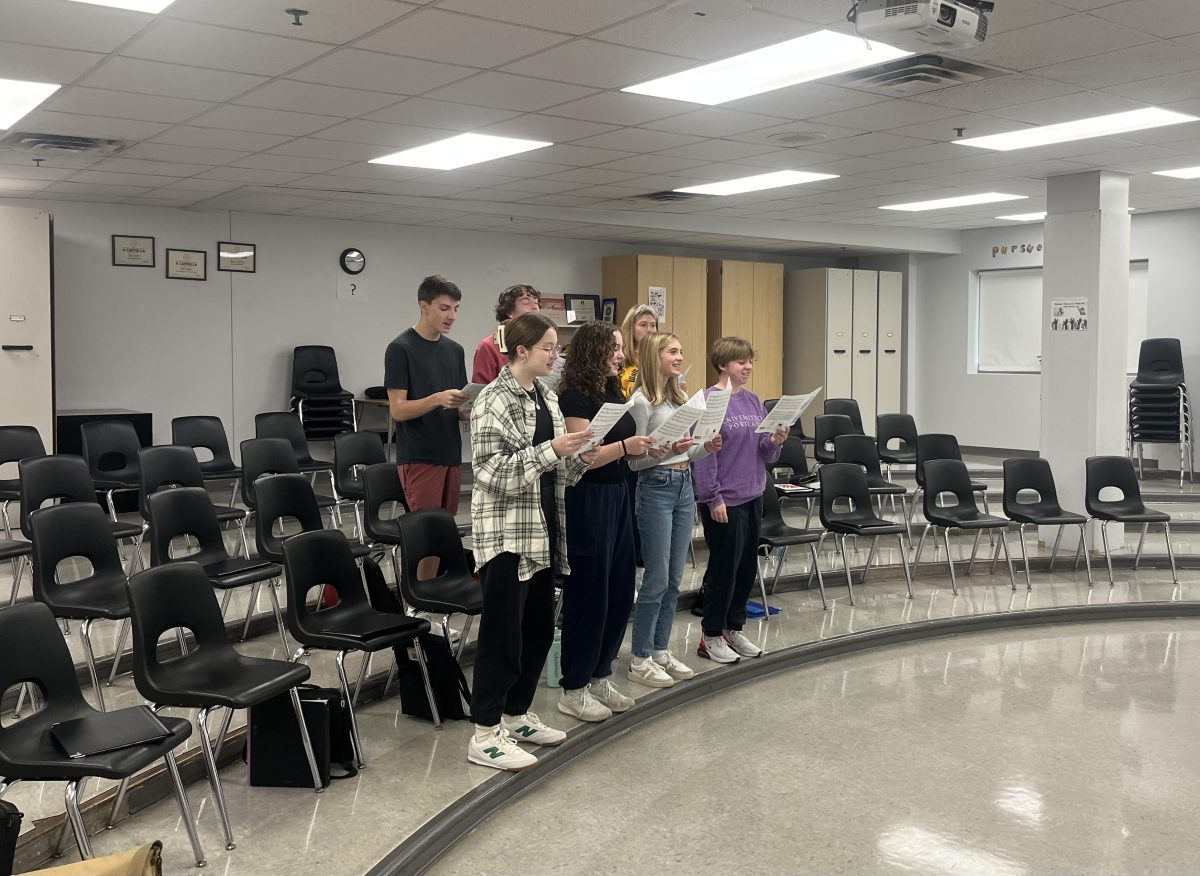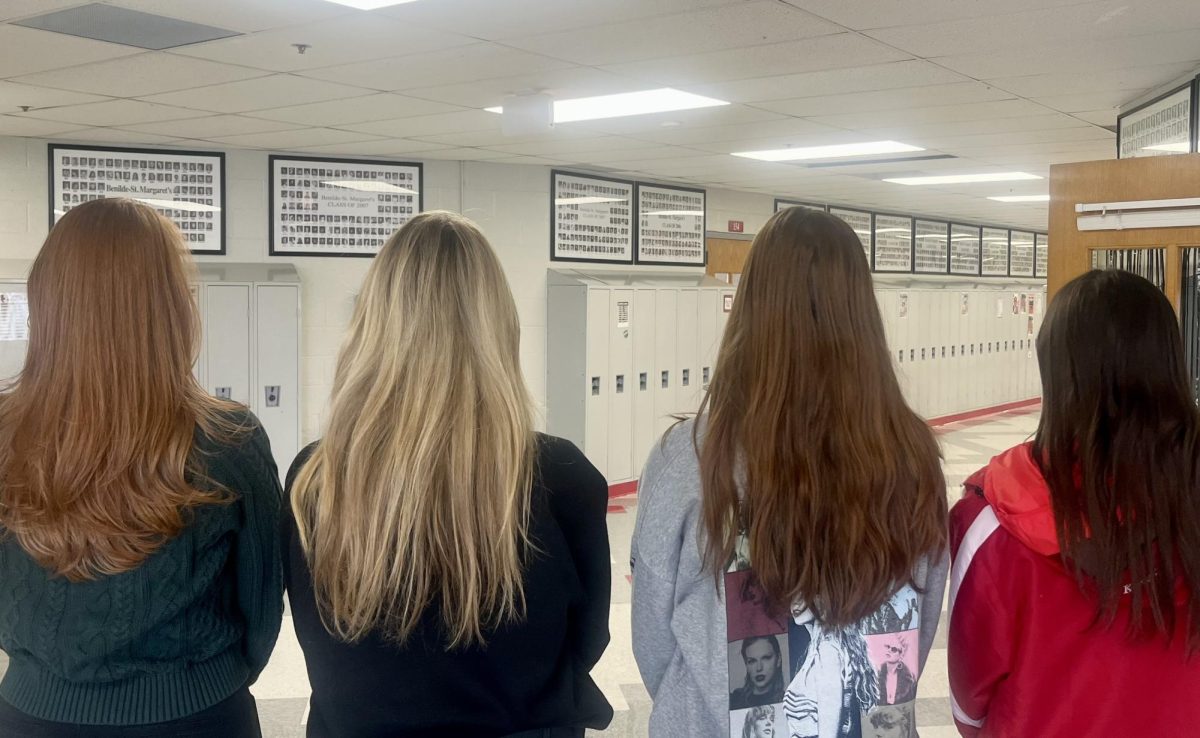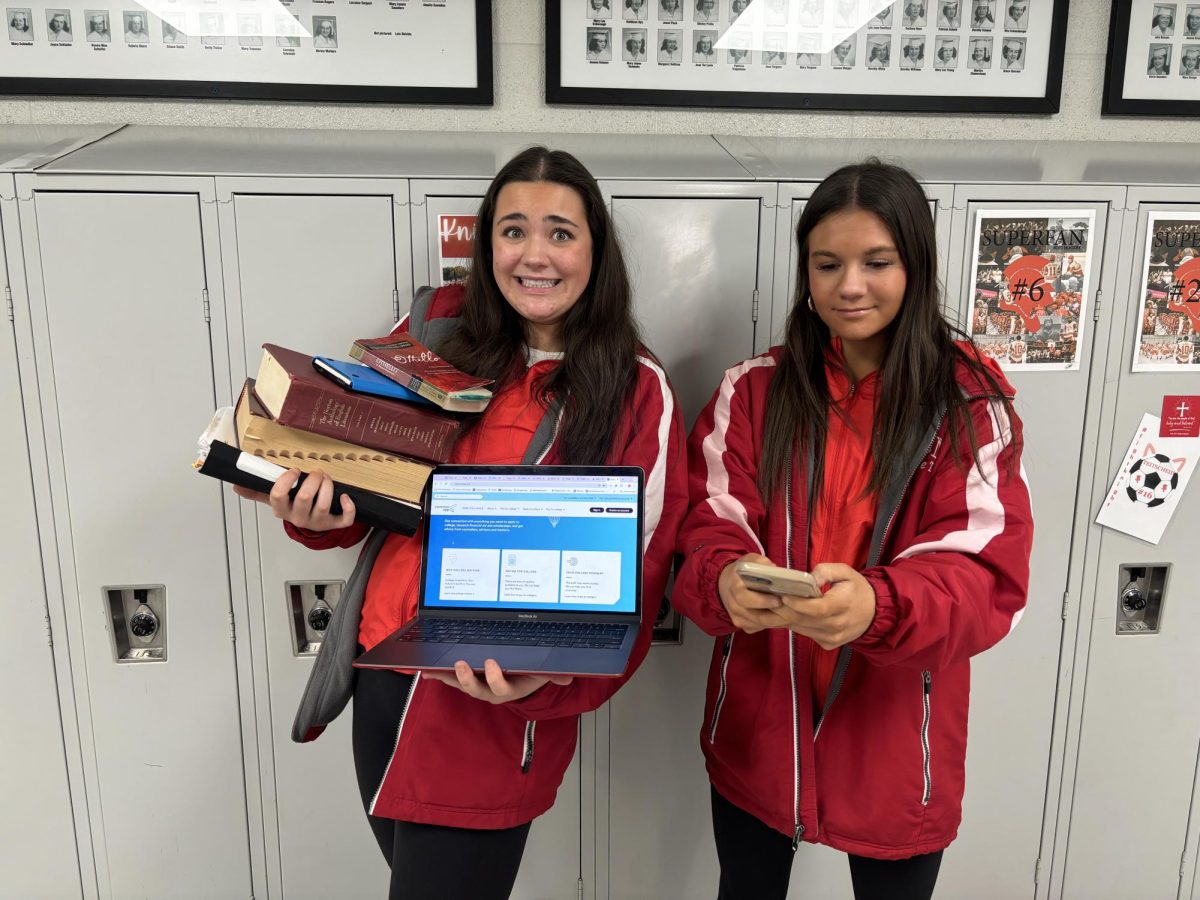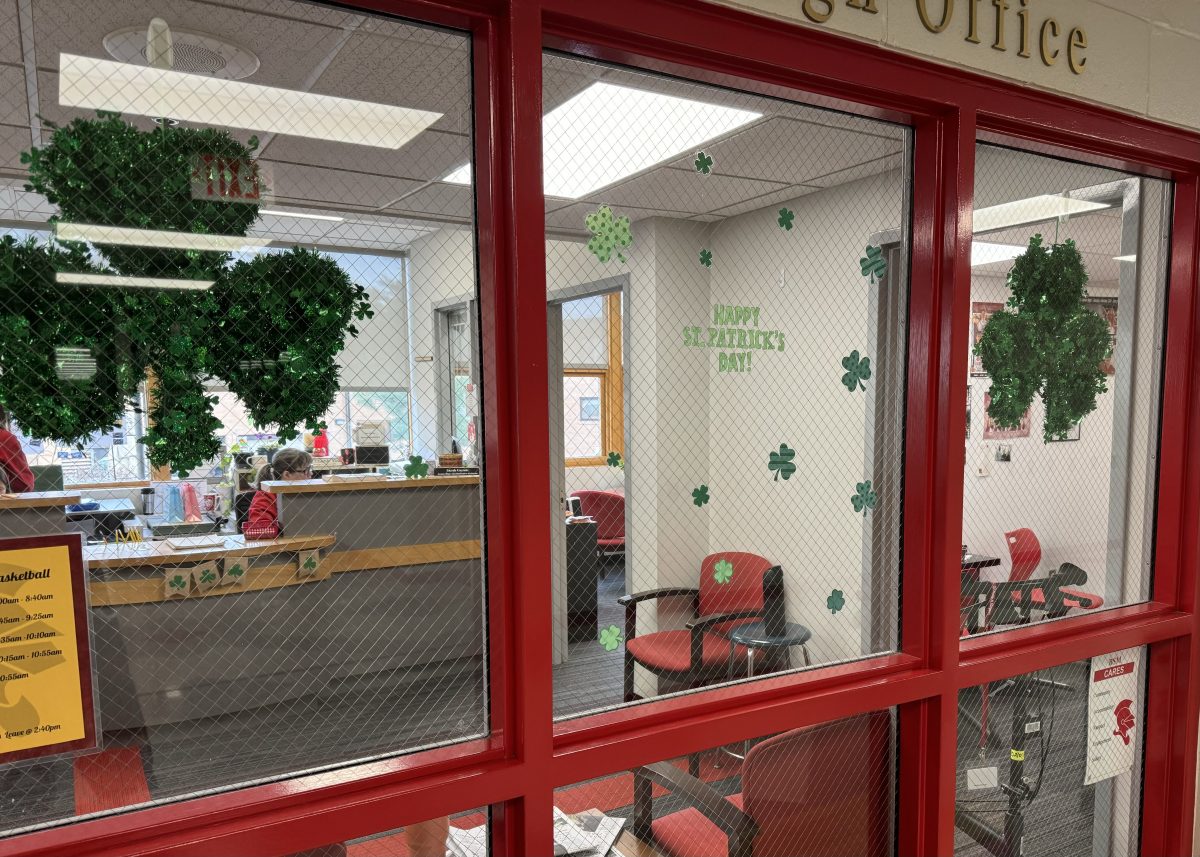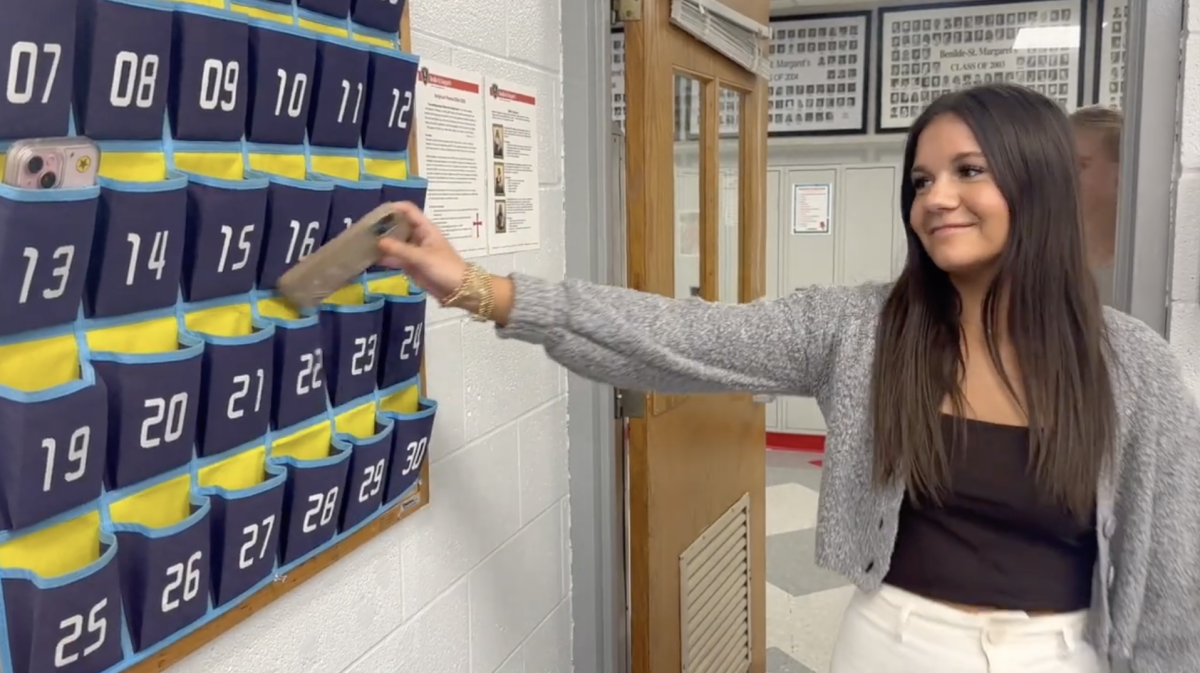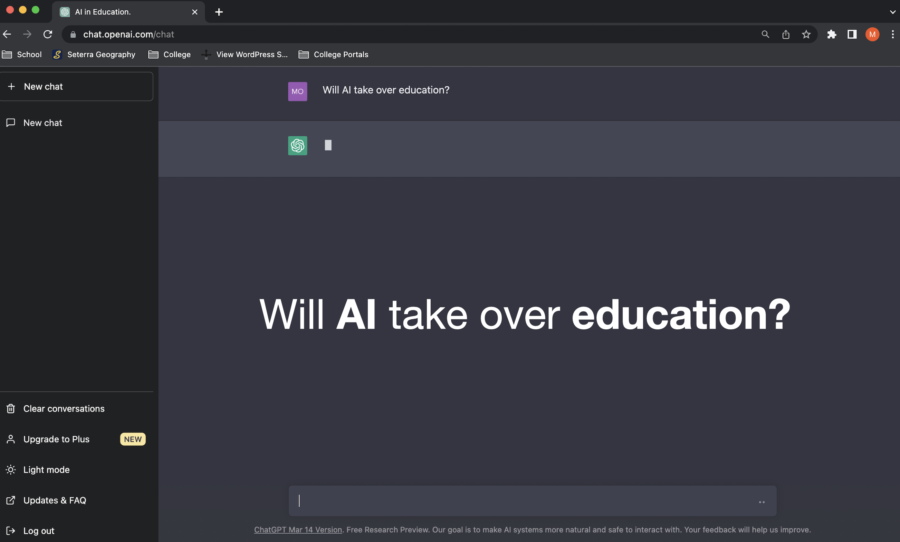AI programs will influence the future of education
Student asking an artificial intelligence program to answer a question.
The schooling system has had major changes throughout time. Assignments have gone digital. There is a summarized version online of virtually all books. Grammatical errors are fixed automatically by your computer. You can even use your iPhone camera to solve quadratic equations, and have the app show you how to do it. These things are just the beginning of how technology affects aspects of learning. With recent advances in Artificial Intelligence (AI), It will become an integral part of modern life, and its implication for education cannot be overlooked. But what does AI within the classroom look like?
The current education system often leaves students feeling overwhelmed with loads of work. It also is criticized for students feeling like they’re being taught useless information, leaving students uninterested and not inspired to learn. This model often is considered outdated, and leaves both students and teachers incredibly high work loads. For instance, Junior Gus Bell said,”Most people I know don’t actually learn the material, and they just resort to rushing through assignments and cramming to pass tests”. Students are also not given personalized learning plans (for the most part), and it feels like a one size fits all system. These factors lead to an environment that makes students resort to cheating to just get a good grade. Students have shifted from learning, and moved to just passing.
AI presents us with a way for students to not have to learn tedious things, and will allow teachers to focus on larger aspects of education. Aside from things like basic sentence structure, knowing how to read, knowing how arithmetic works, understanding how plants grow, basic stuff that is essential for humans to know. Furthermore, students need to know how to learn effectively. AI can take away the one size fits all approach to learning. It is evident that AI can analyze a students learning style, strengths and weaknesses, and has the ability to provide customized guidance to help students learn. At the same time, this lessens administrative work that teachers have to do. Teachers will now have the ability to spend time and interact with students. All of these factors combine to exactly what students need; a collaborative learning environment that is individualized to every single student. “ I believe that having a relationship with my teacher improves my learning environment because I feel more comfortable getting help when I need it,” junior Shale Hornig said.
Another incredible opportunity AI presents humans with is accessibility. AI integrated education has the potential to allow students from low income, rural communities, underdeveloped countries, to finally have access to a high quality education even though it might be different from a traditional education. Having access to the internet allows for people in need to be able to receive an education, even a personalized education because of the power of AI. In a bigger picture than any of us can change, the global educational divide can be lessened.
The immediate reaction to AI here at Benilde St.Margaret’s, was a complete split. Students were ecstatic they found a way to not have to write their next paper, and teachers went ballistic because there was no way to detect it. But why not find a balance where both parties benefit from it?
Since recent advances within AI, many new programs have been developed to help students and make their educational experience more enjoyable. Something like Quillbot, an online paraphrasing tool that gives students suggestions on how to reword sentences to sound more fluent. Or a tool like Thinkster, an AI generated math tutor that interacts with students, by answering questions, making guided study plans, and showing students how to do work. Finally, another tool to help students, Content technologies, an AI generator that can help students with doing work in many classes.
Teachers might hate hearing about things with AI, but what if they had similar tools? I presume teachers would most definitely enjoy these tools. The first tool I discovered that would indefinitely benefit teachers is called Gradescope. Gradescope is an AI software that is used to help teachers more efficiently grade students’ work, and see what each individual student needs help with. How this technology works is surprisingly simple. Teachers scan, or submit, a student’s work. Gradescope then goes over the work, finds errors, marks up every assignment to correct said errors, and then submits the work for grading. After grading, teachers receive analytics on that assignment, and they have an easier way to see what the class actually needs to work on. Think about all the time and effort that can be saved, all while creating a better way for teachers to understand what each student needs. It is undoubtedly a win-win, for teachers and students.
Finally, the integration of AI into the modern education system has the potential to revolutionize the way students learn, how teachers teach, and even gives everybody a chance to learn. However, it starts here, calling out the flaws of the modern day education system is the first step to making a change. The current inefficiencies in today’s education has the chance to be changed, and turned into an engaging personalized learning experience.


